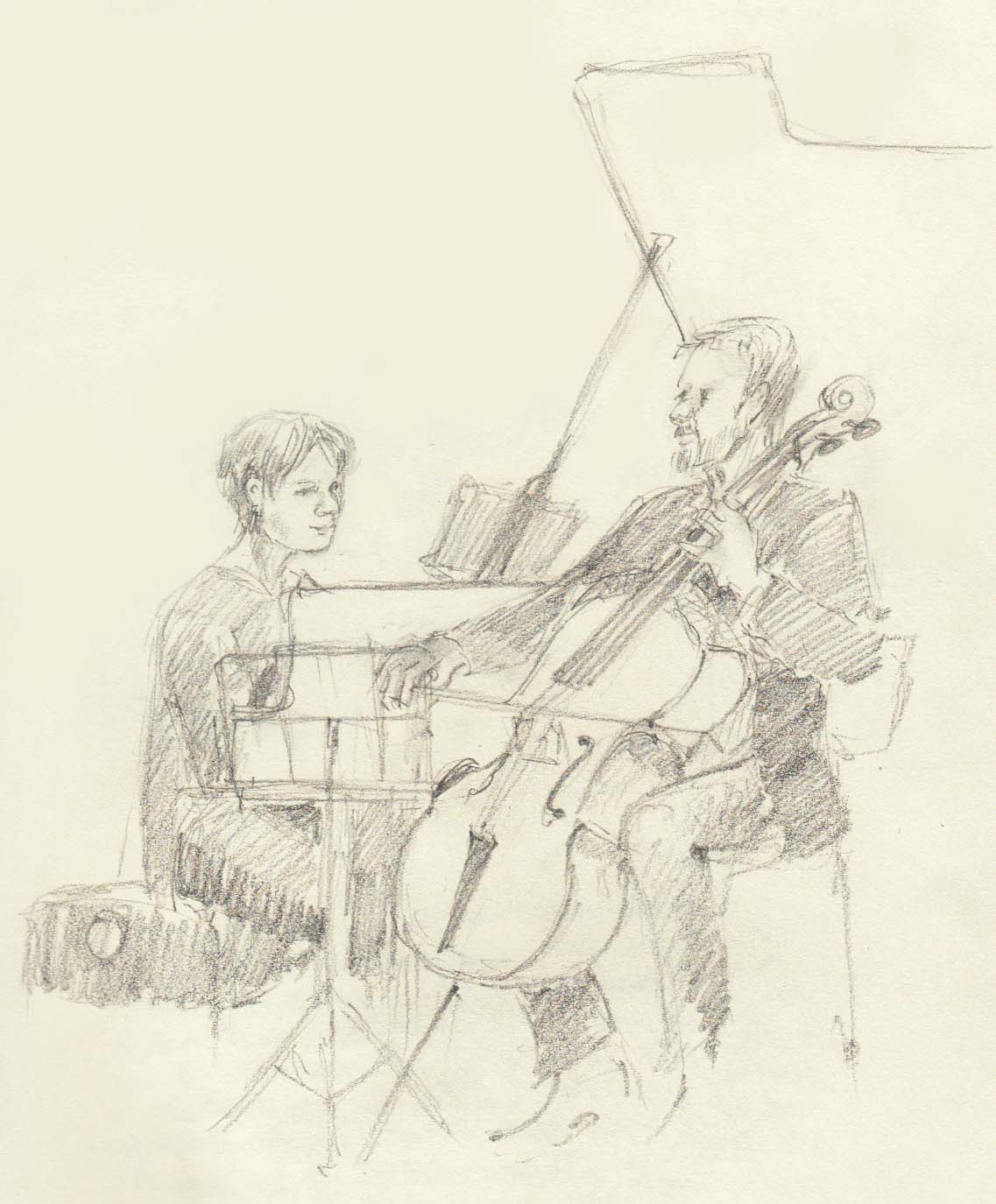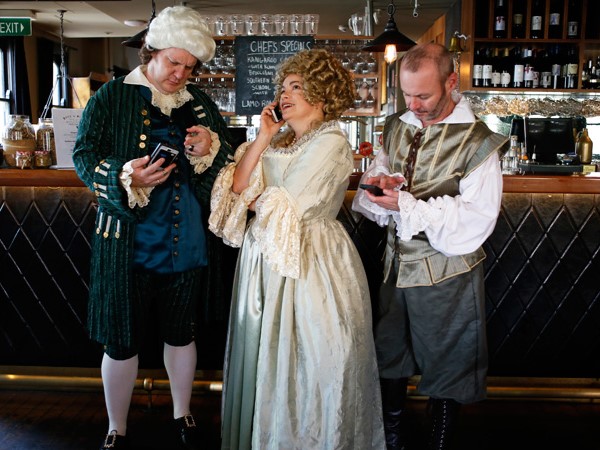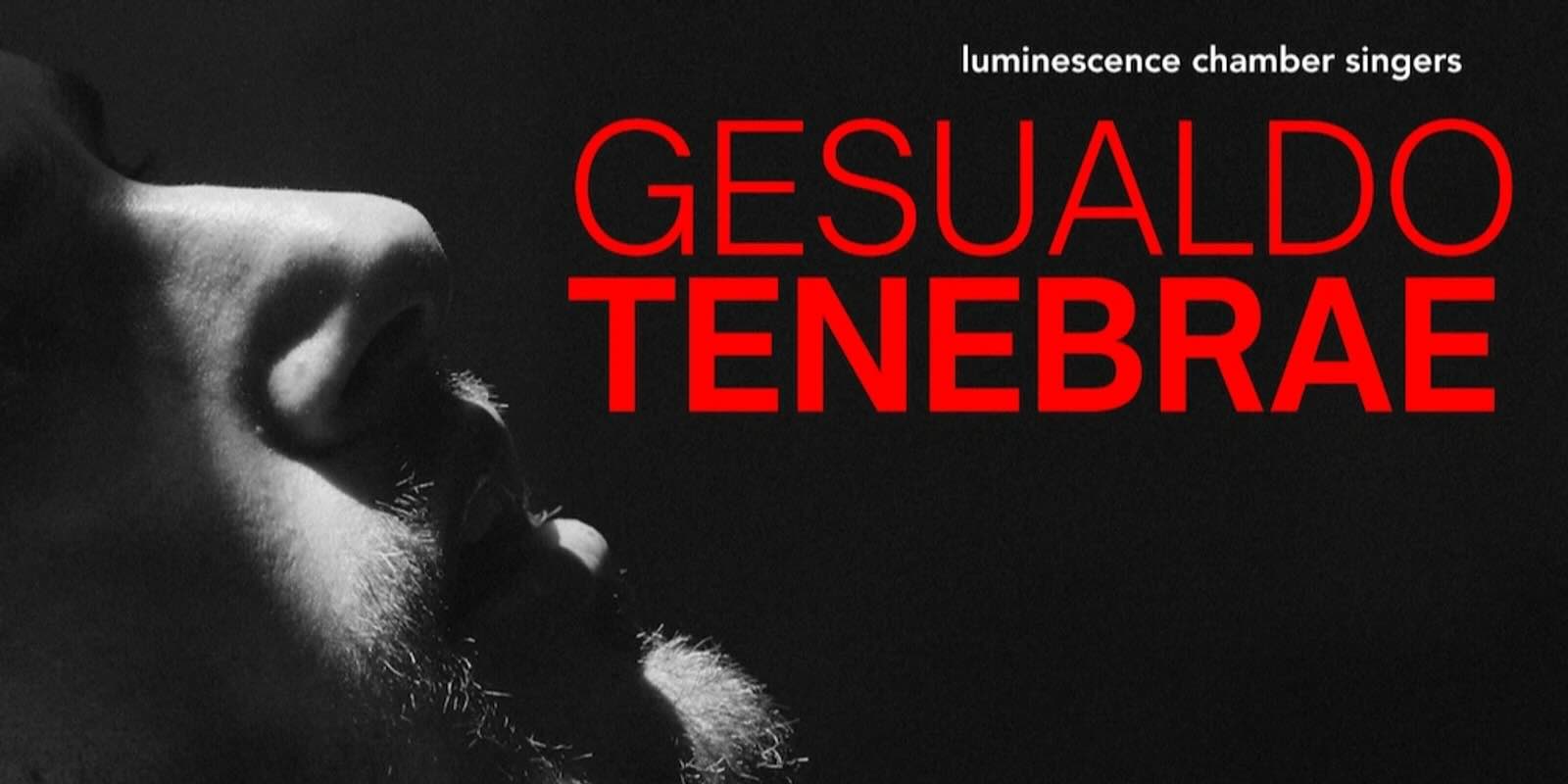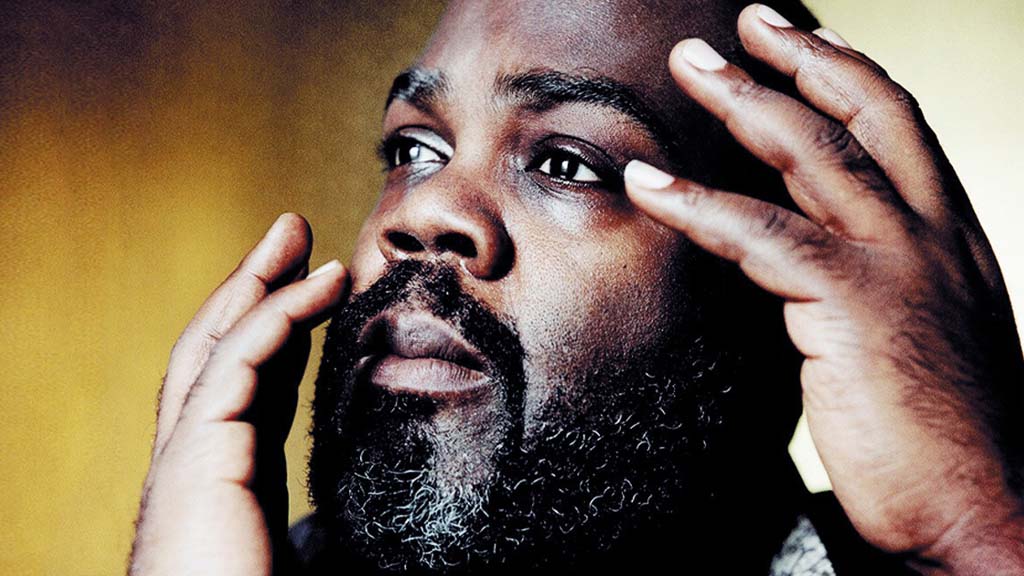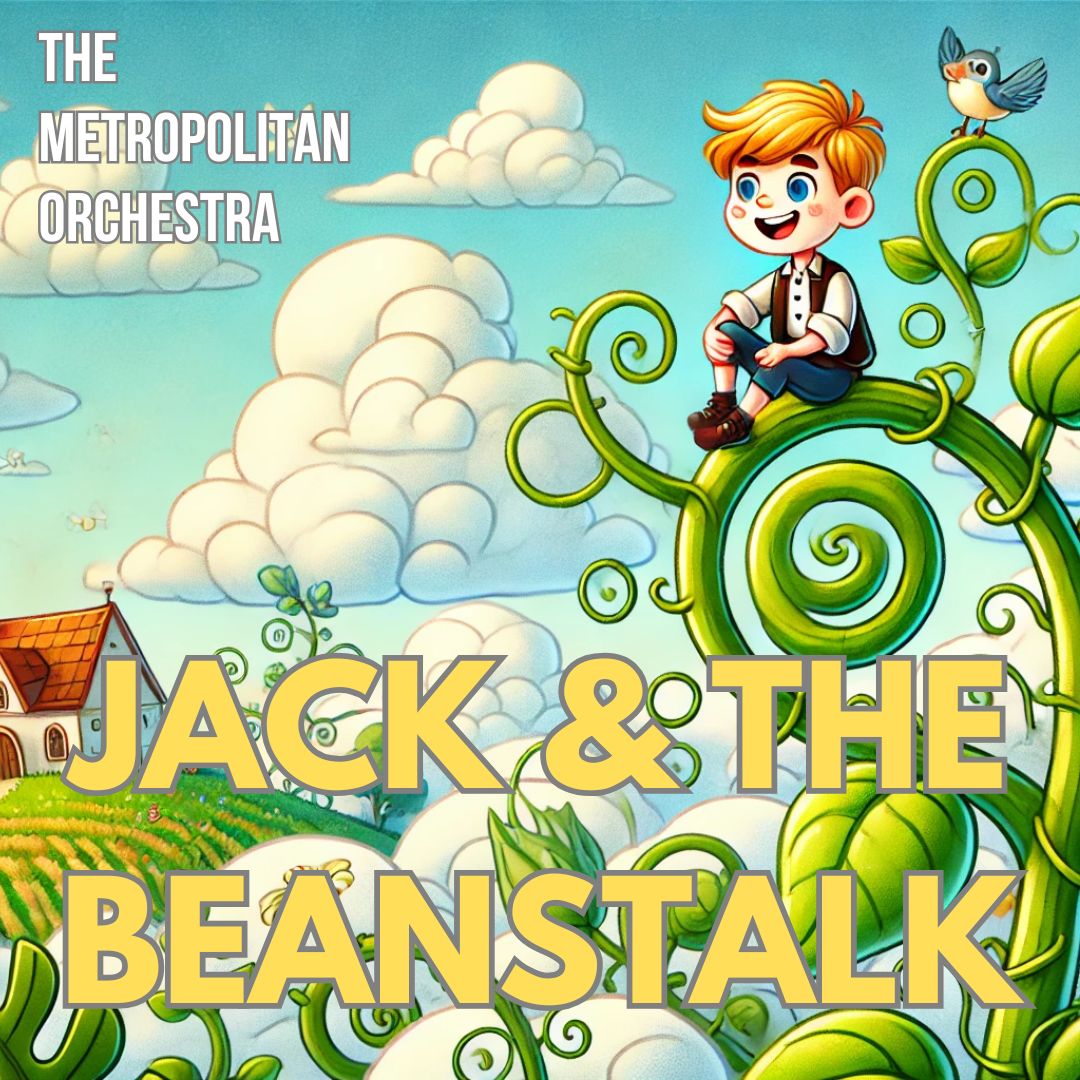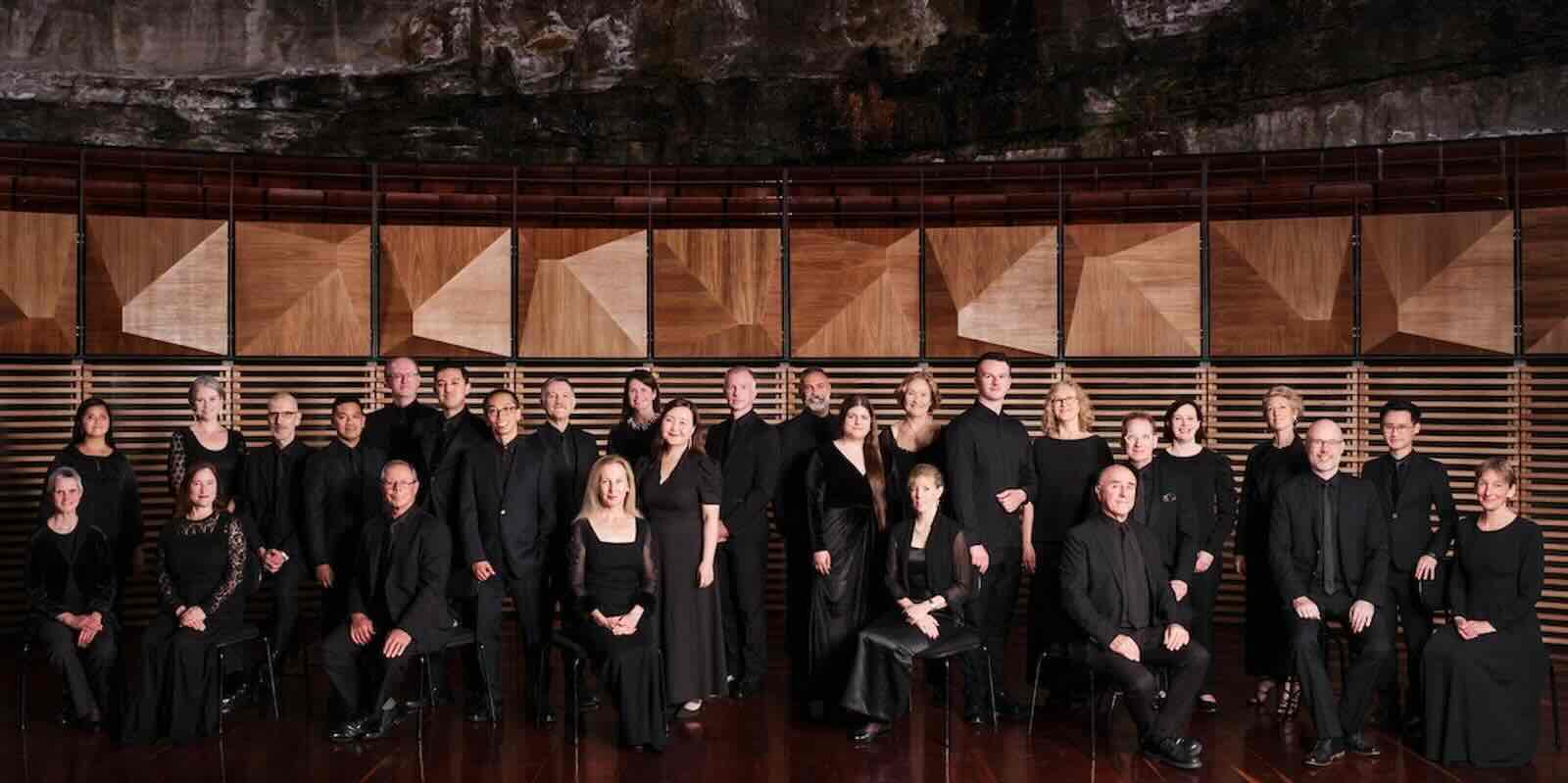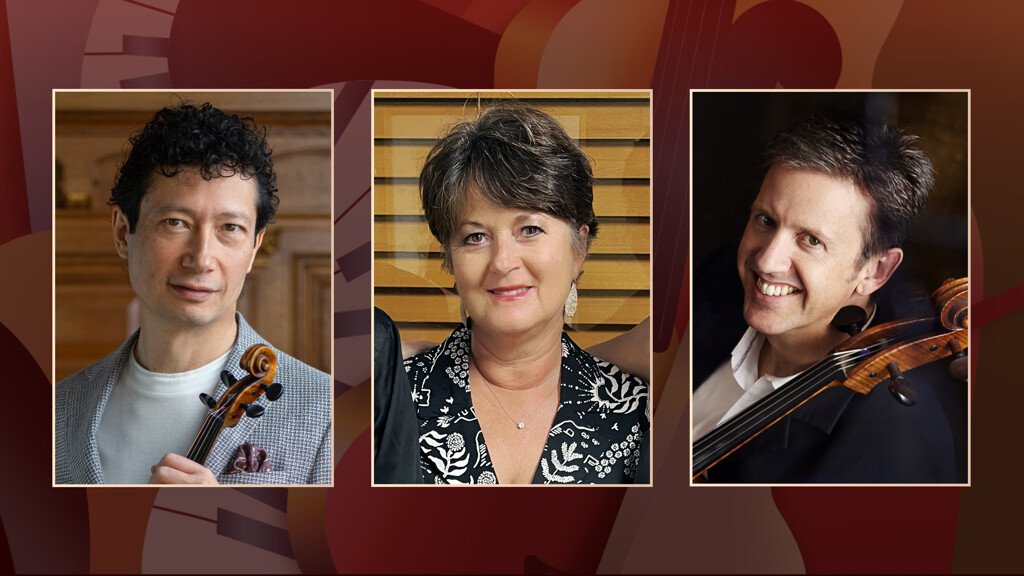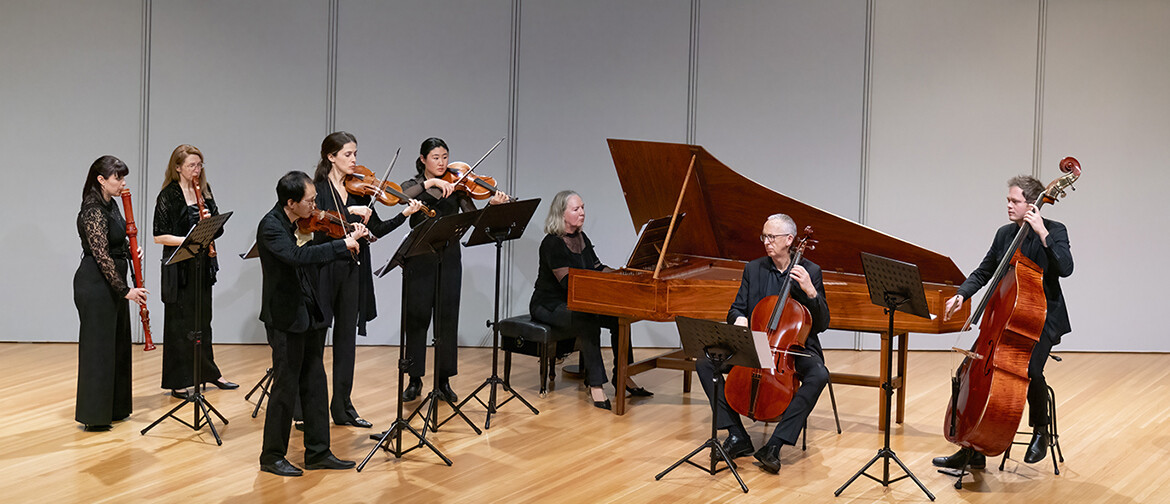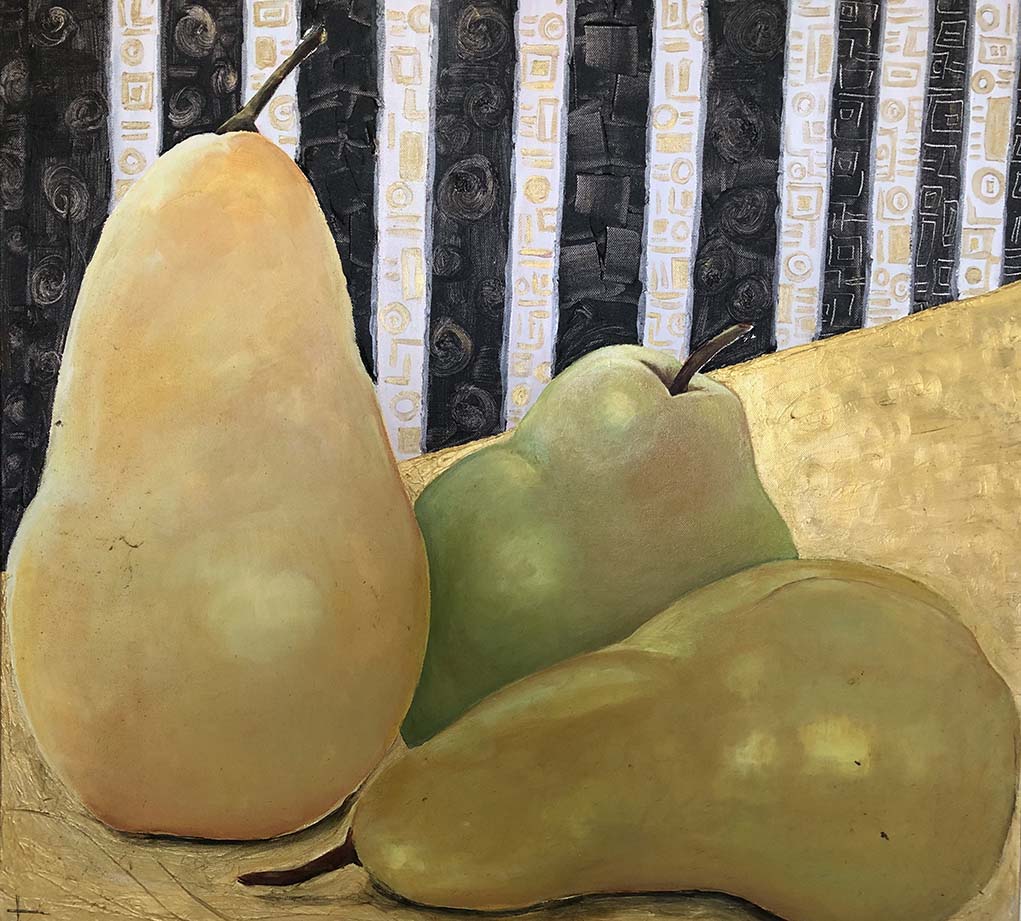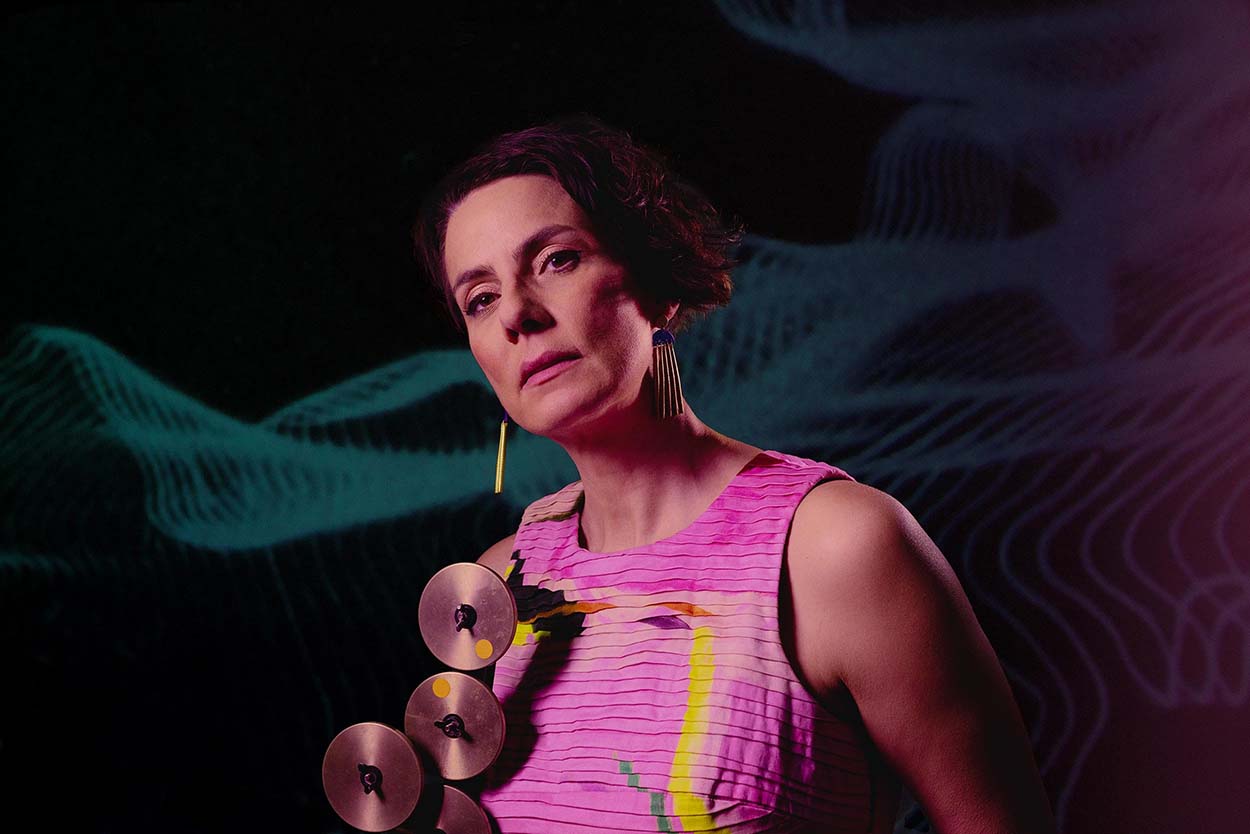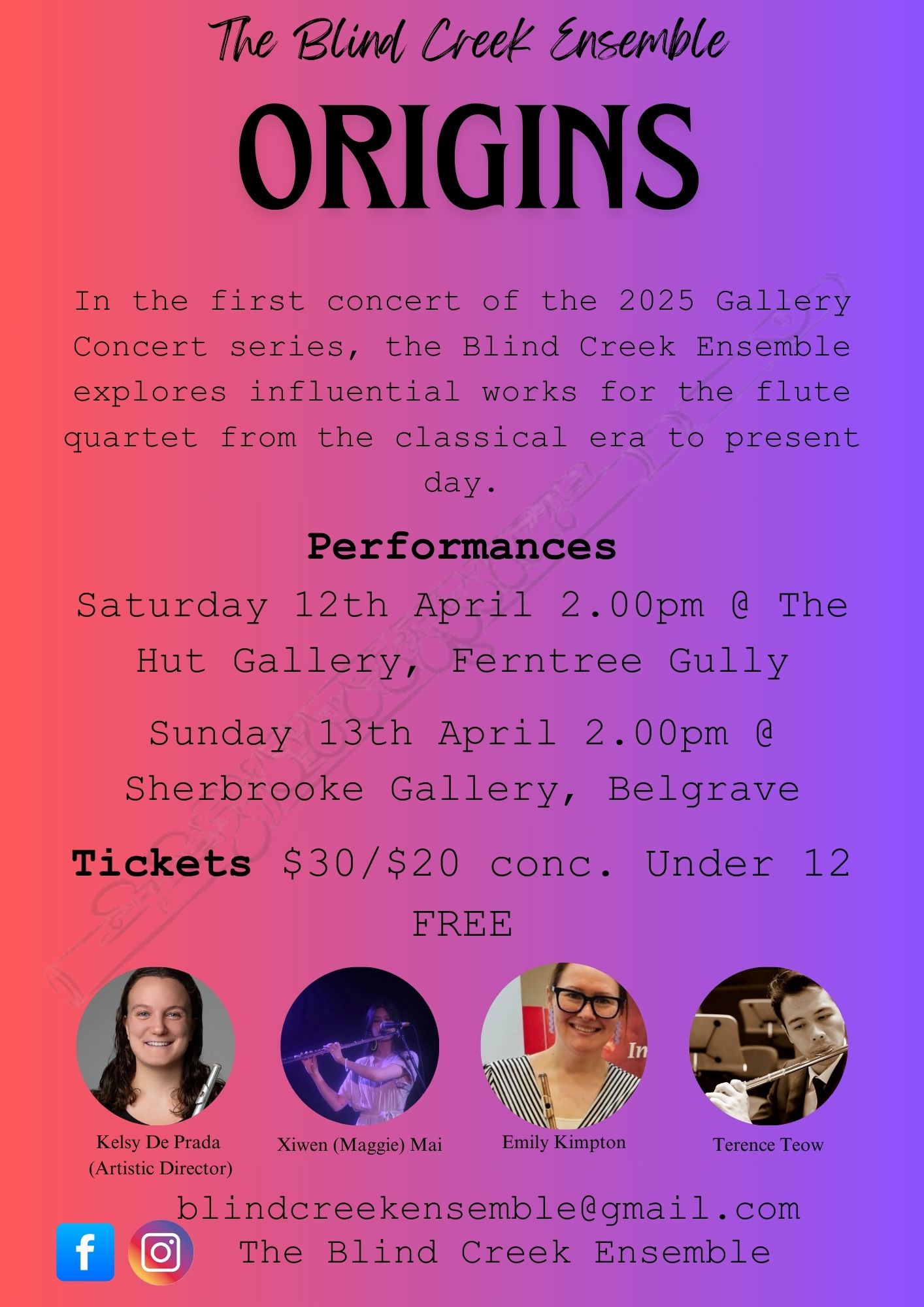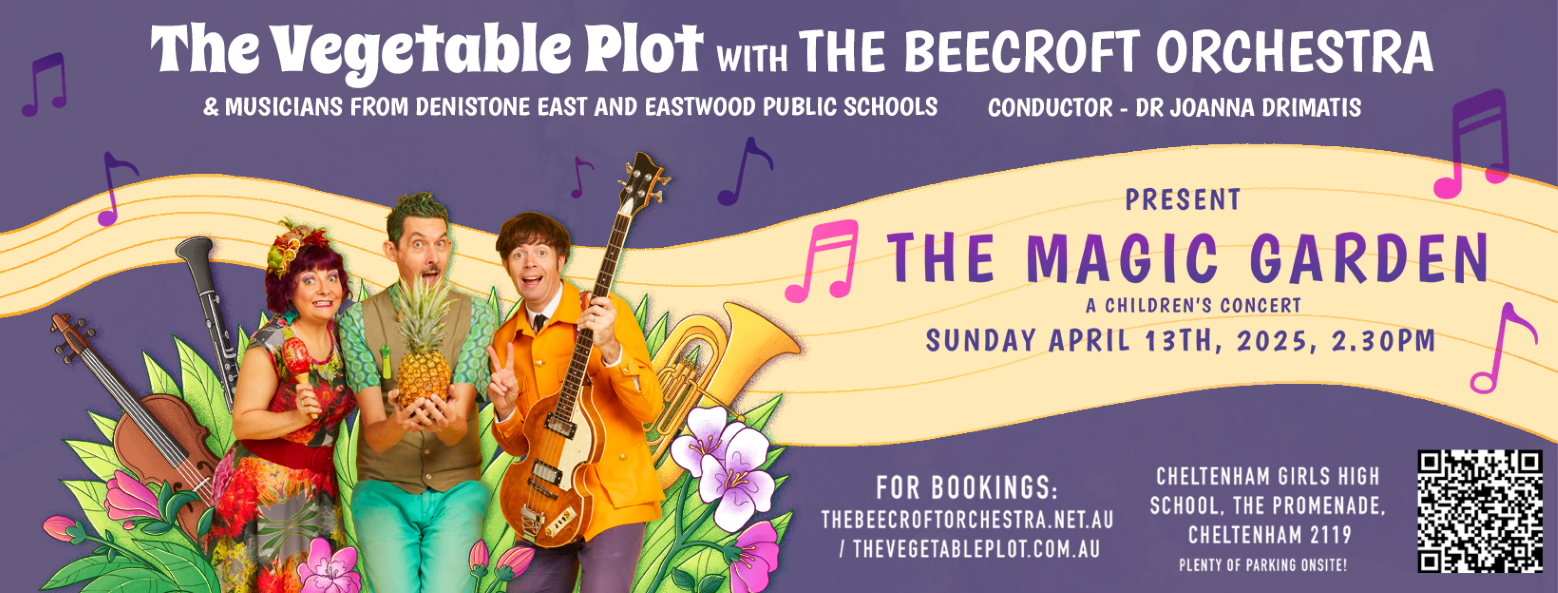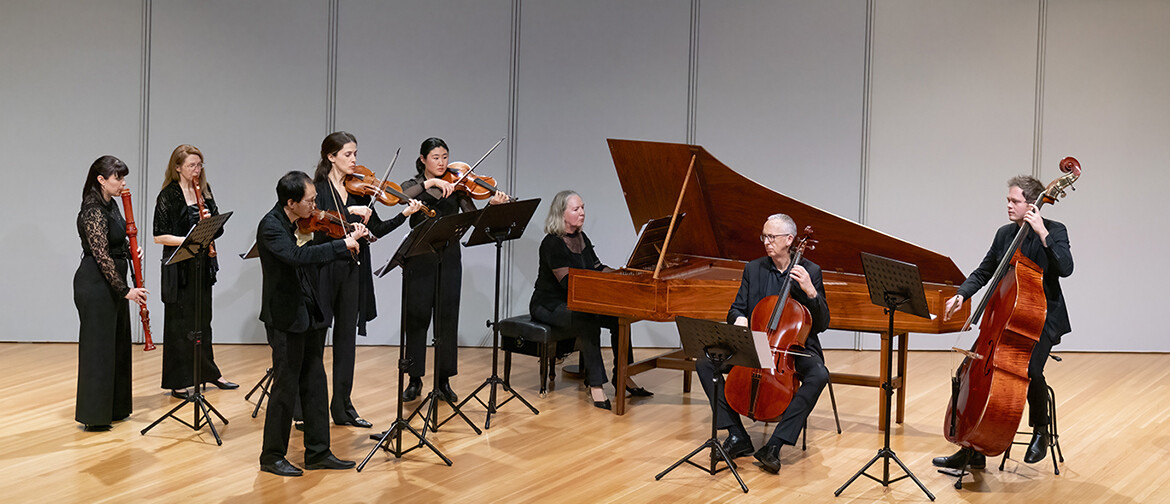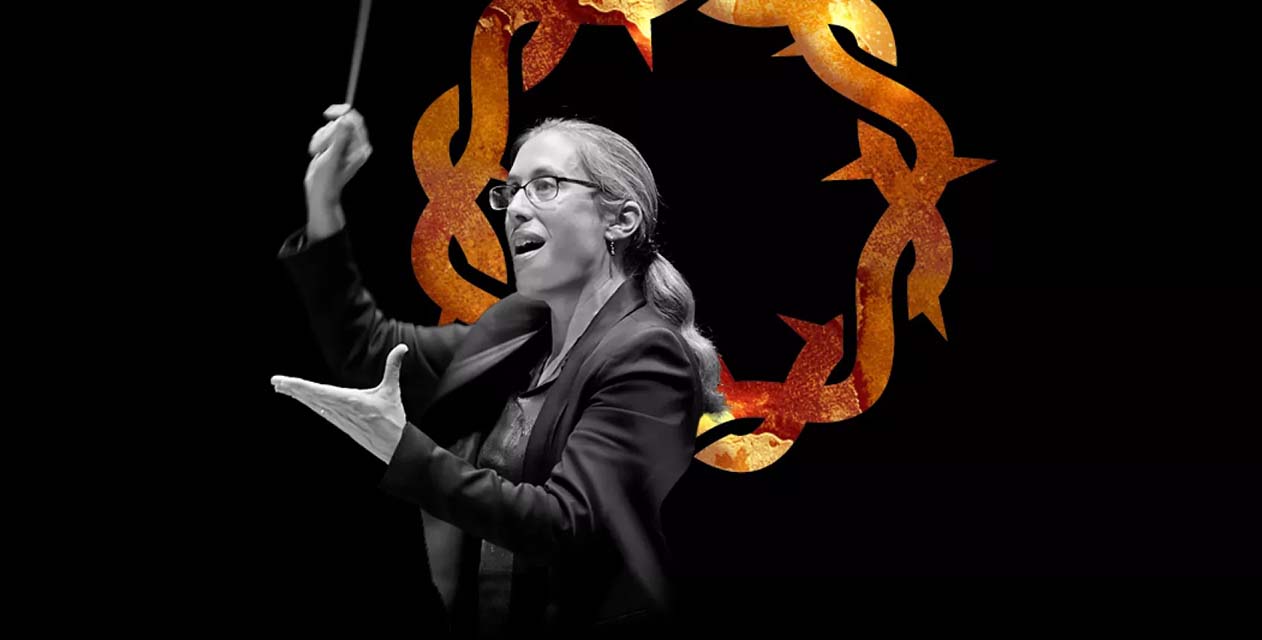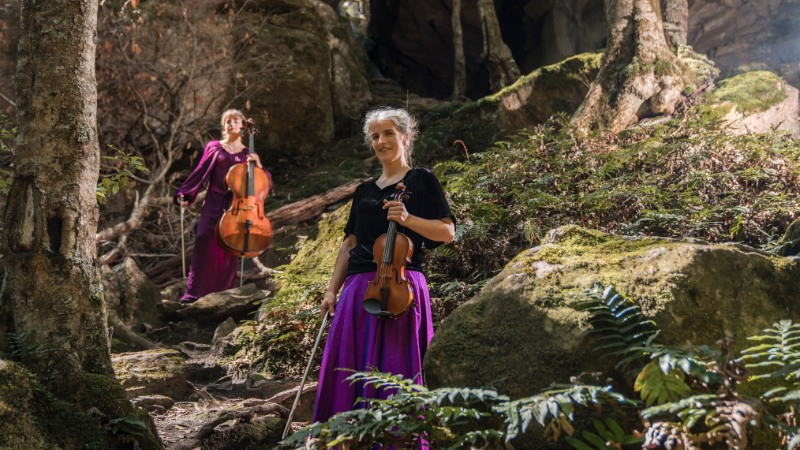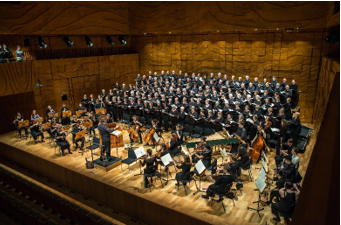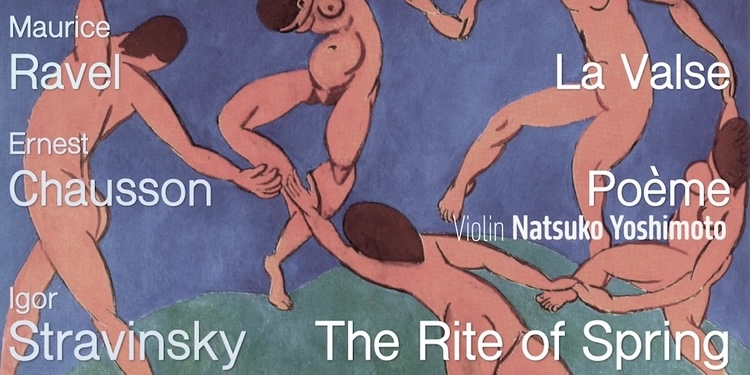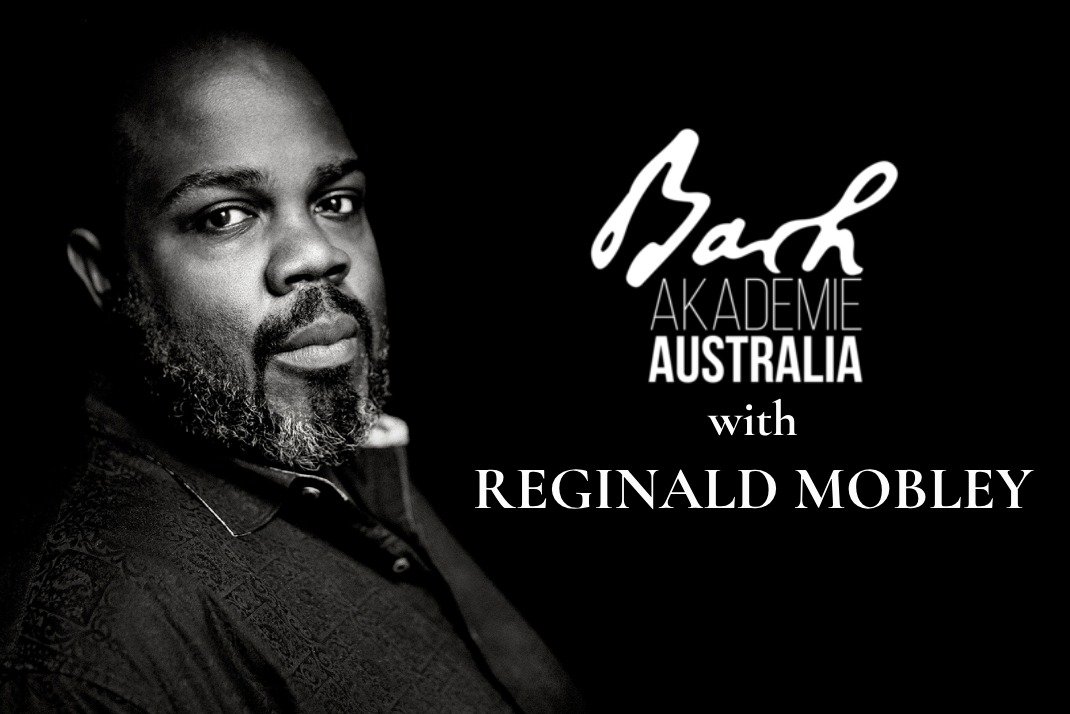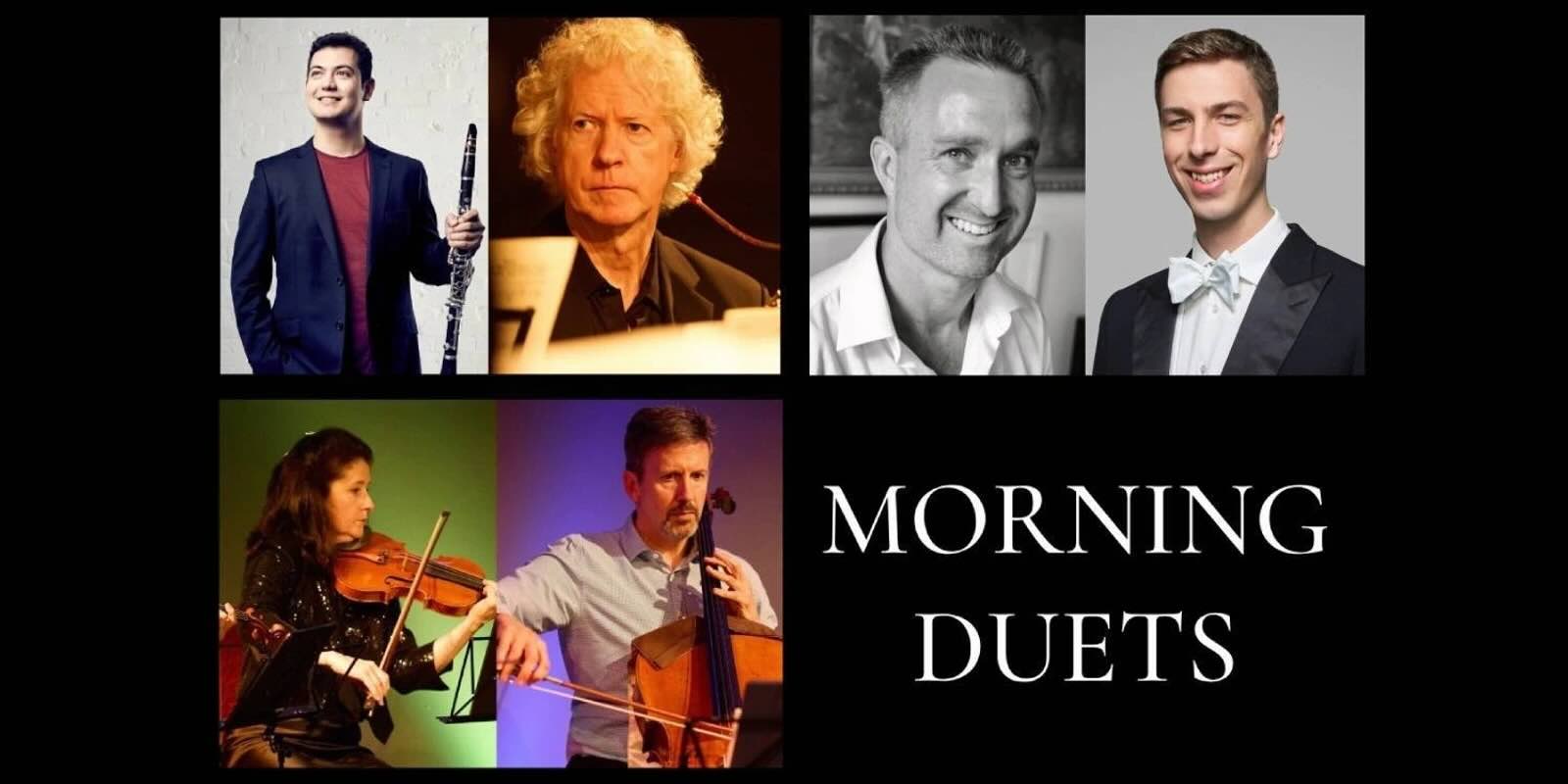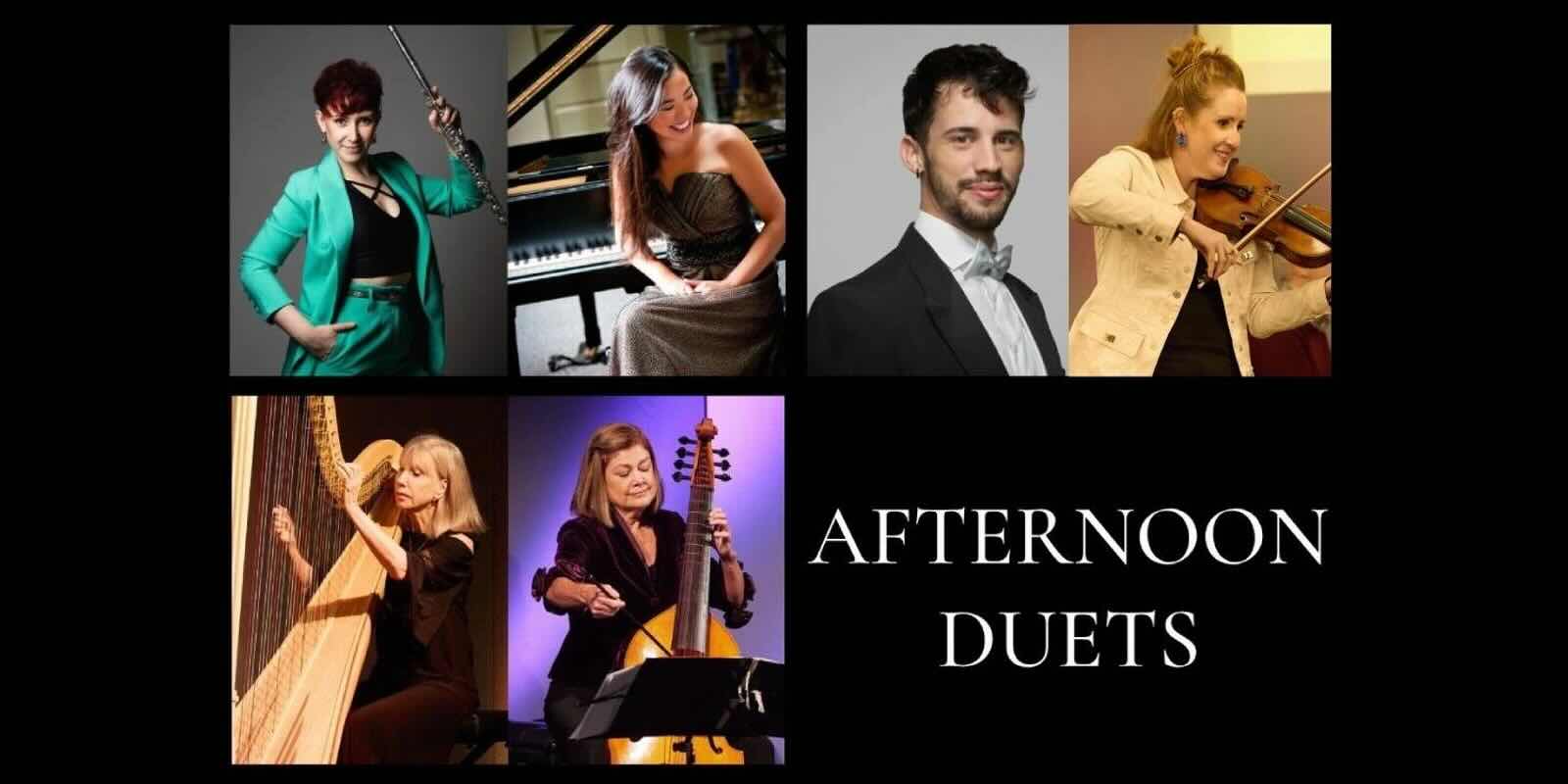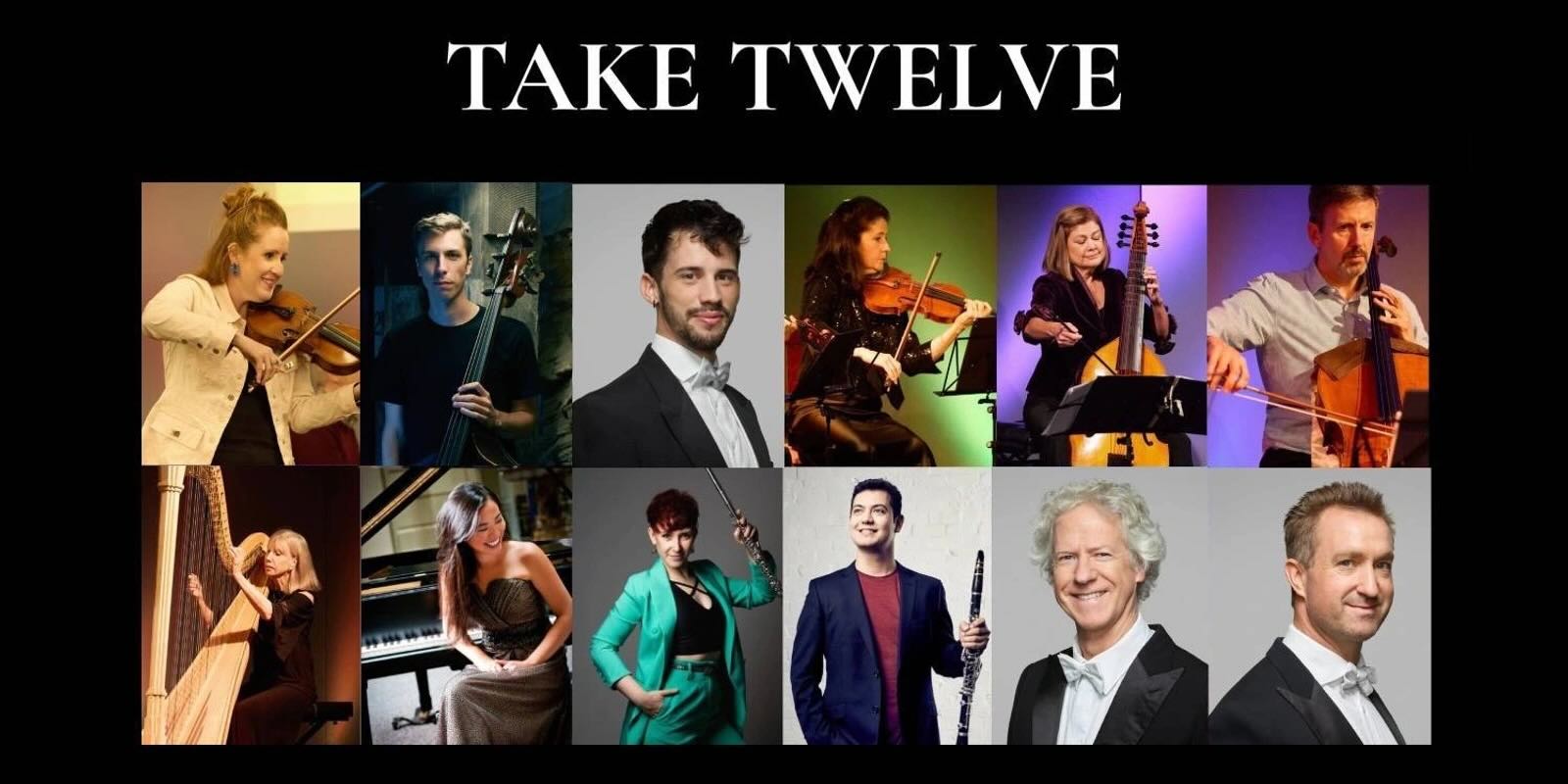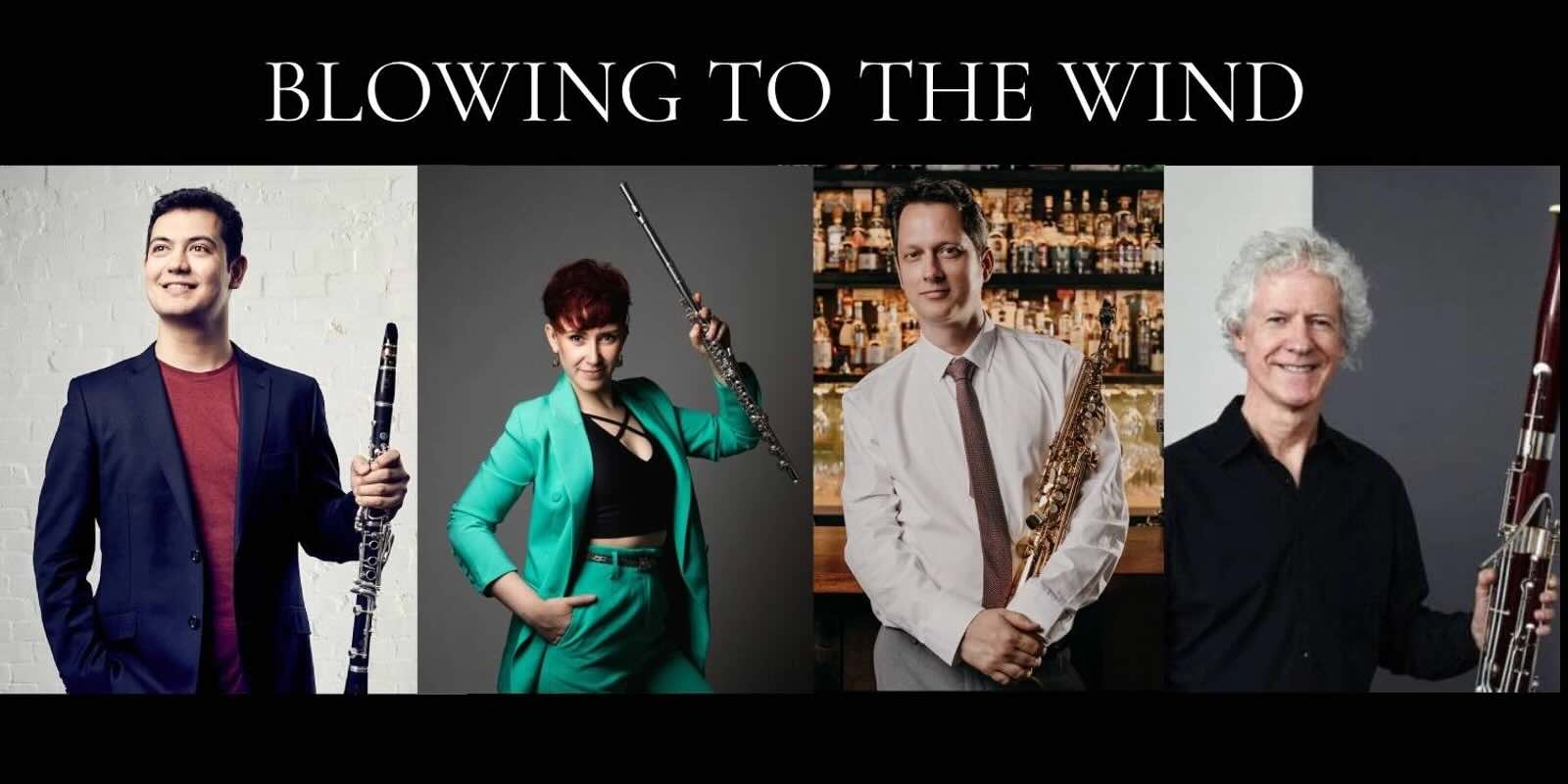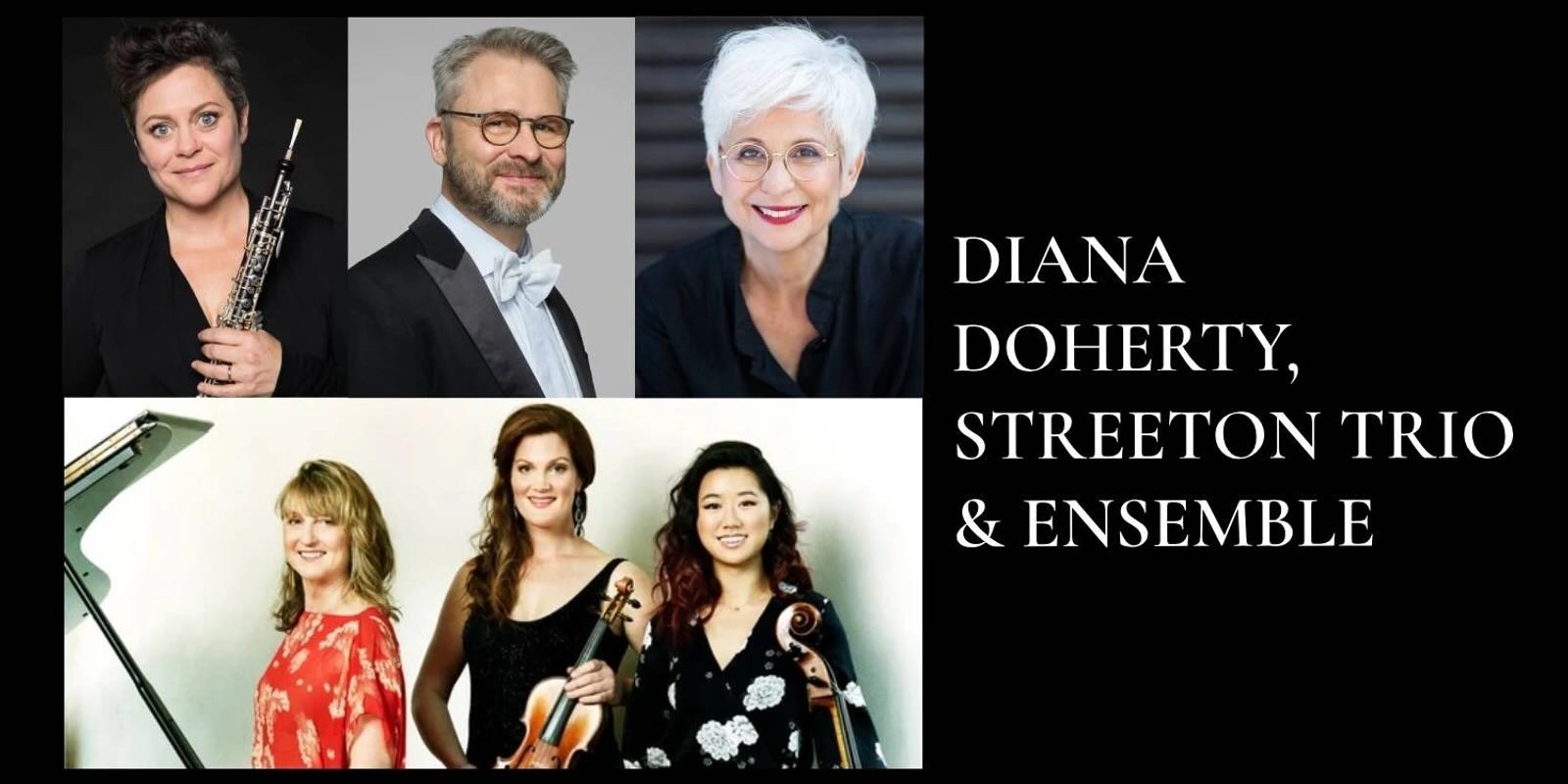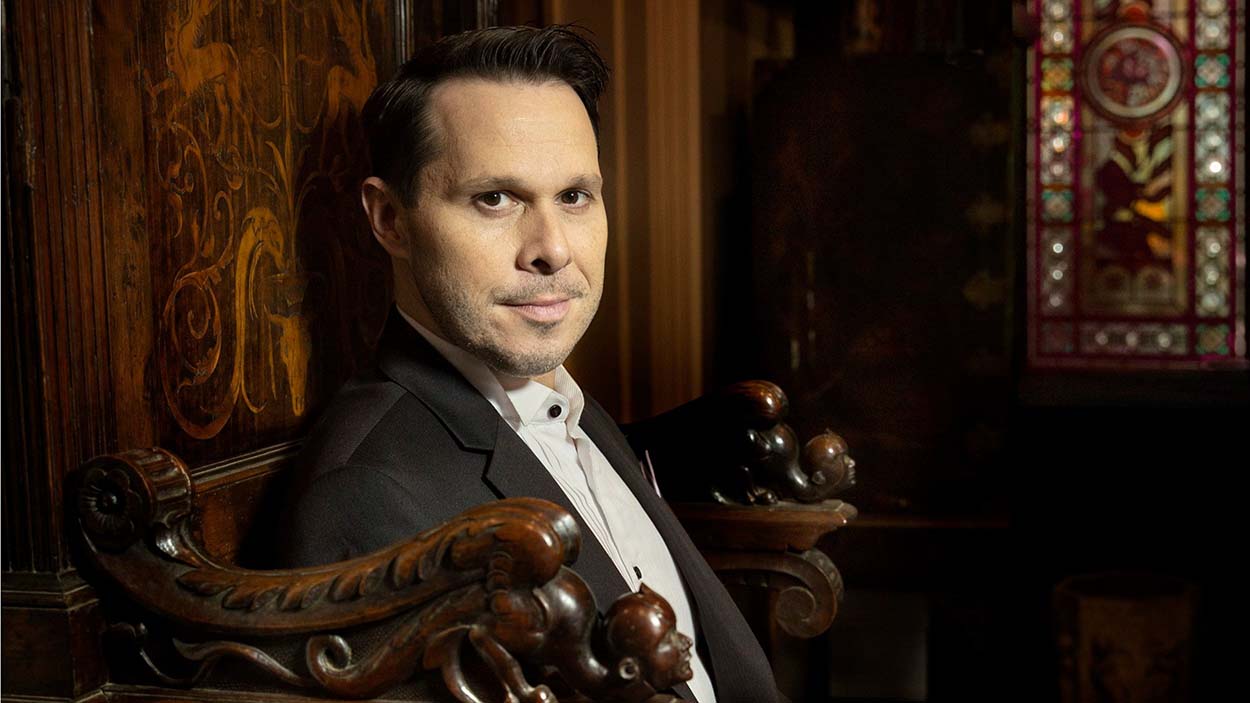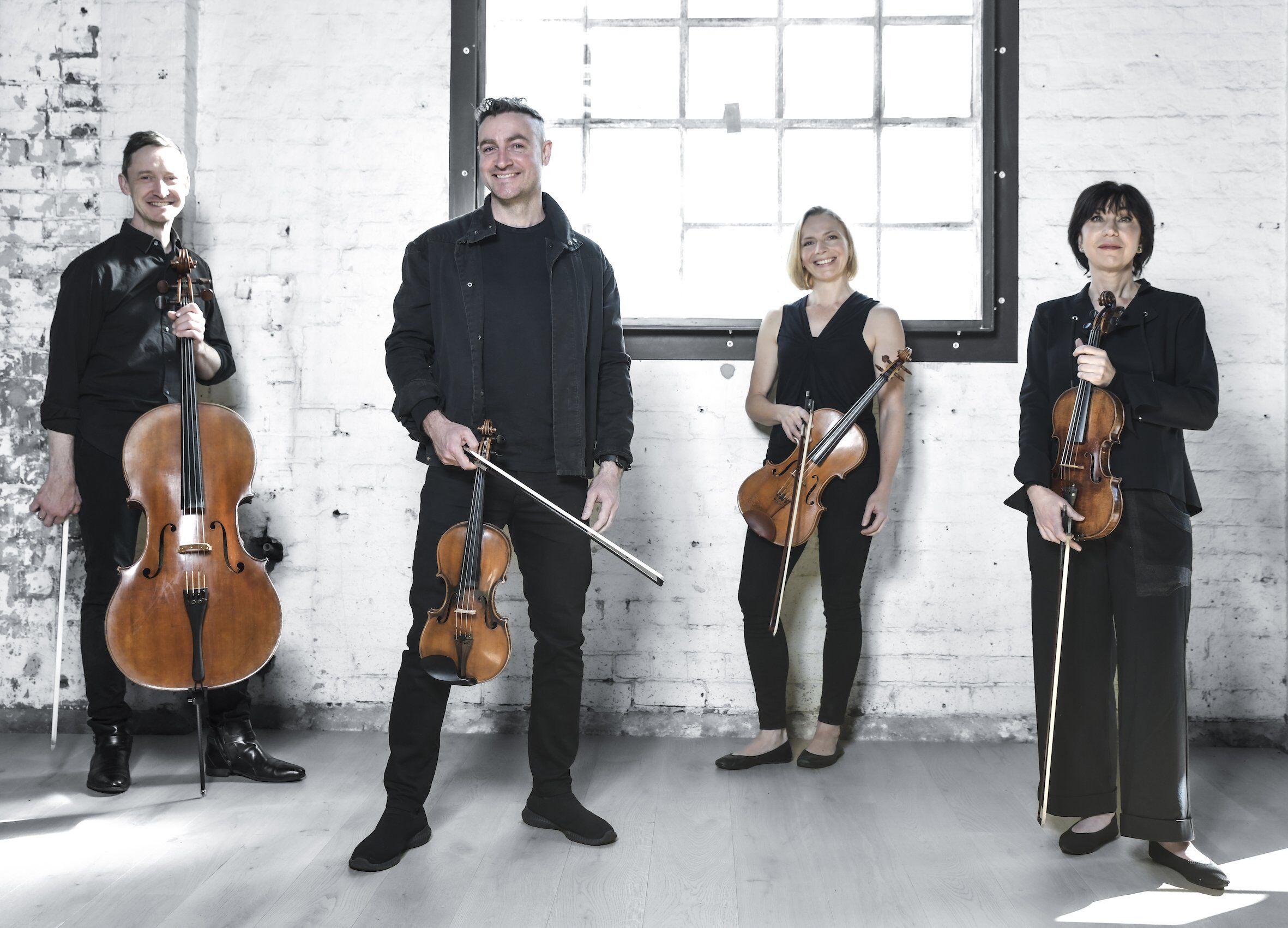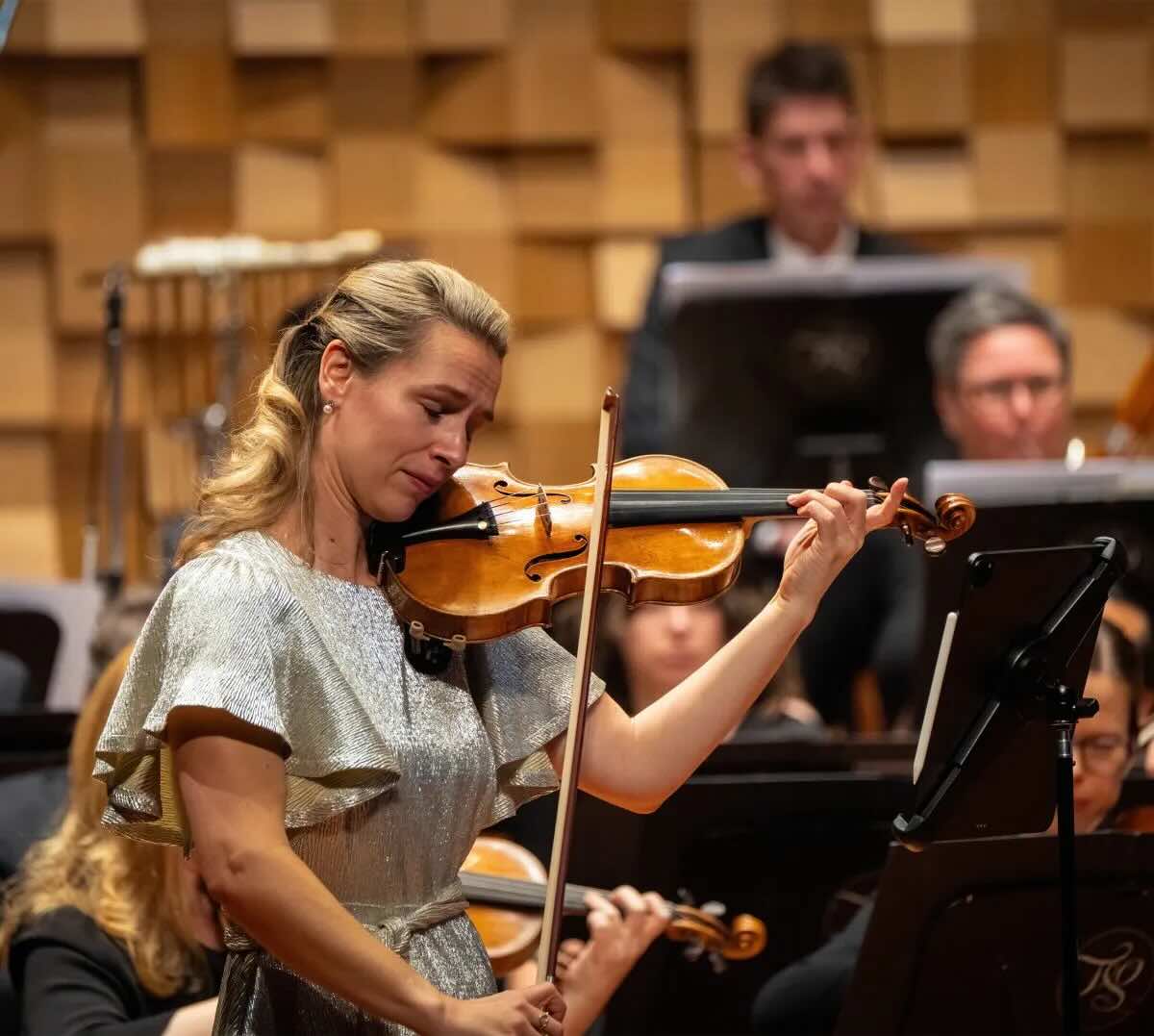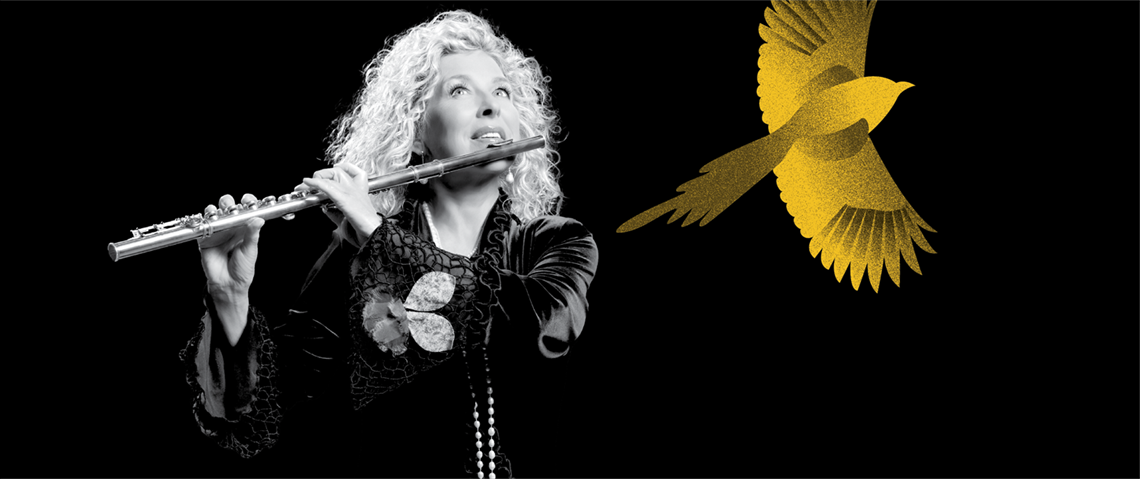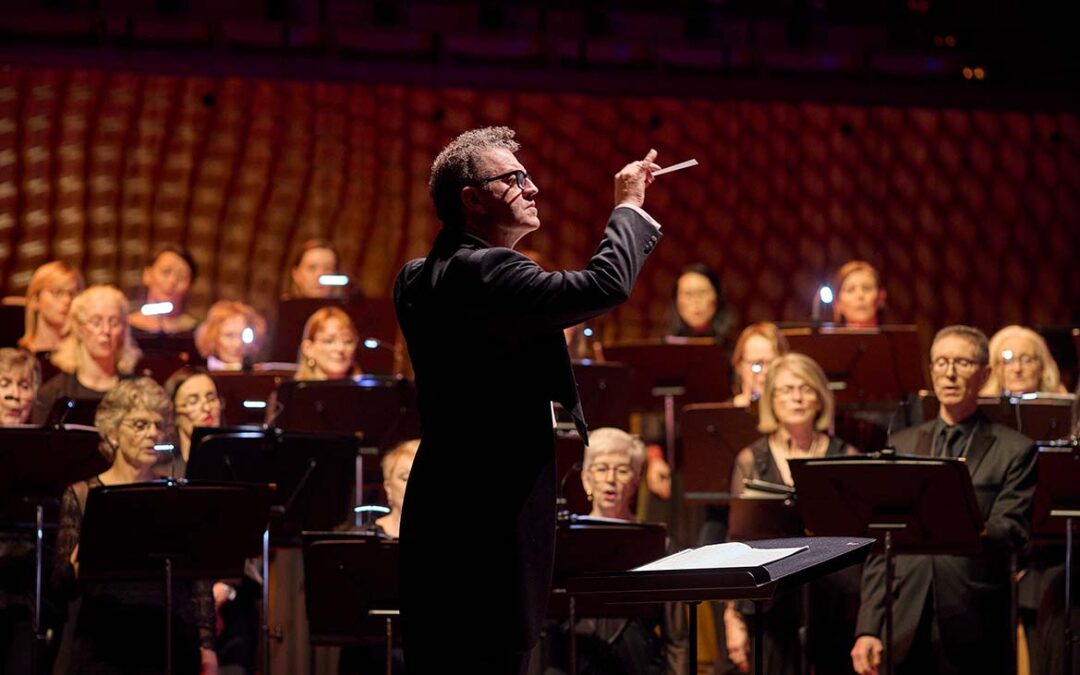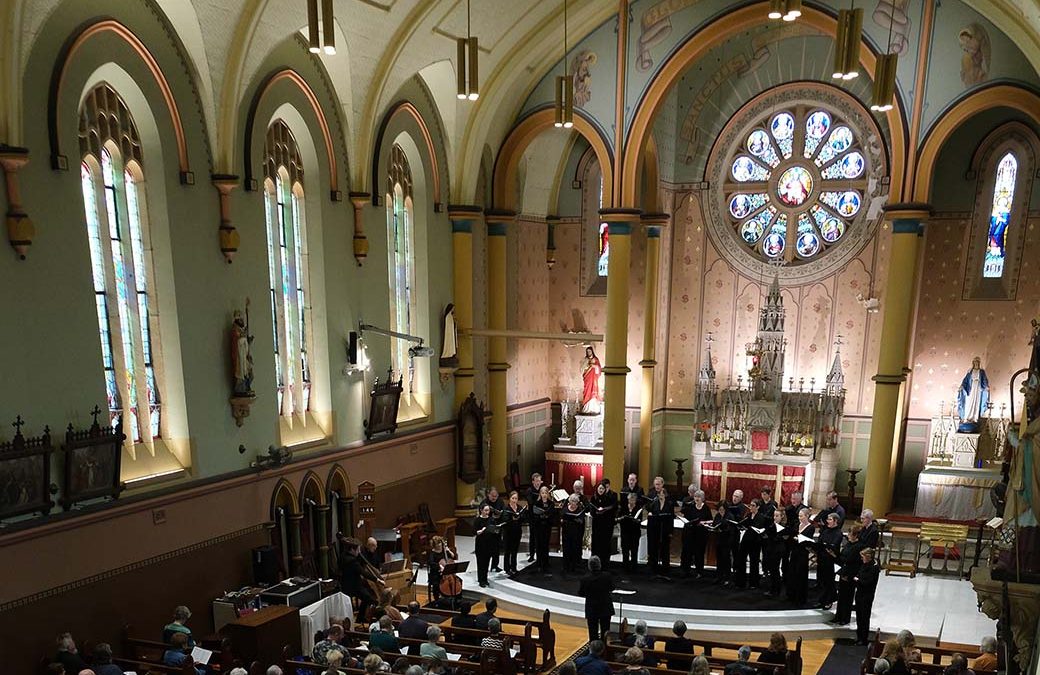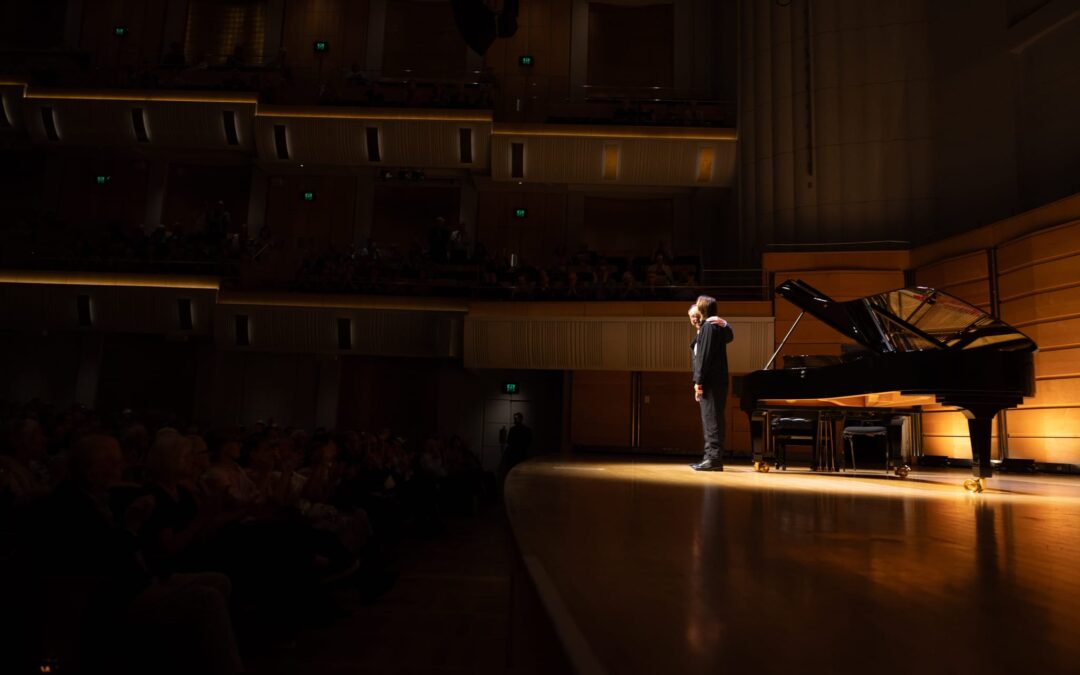Selby & Friends | The Archduke
July 19, 2022, City Recital Hall, Sydney
Eagerly anticipating the arrival of Kathryn Selby’s friends, Natalie Chee and Julian Smiles onto the stage of the City Recital Hall, we were informed by Kathy that, most unfortunately, violinist Natalie Chee was in self-isolation since the previous night due to Covid. It was our good fortune (and Julian’s) that Julian Smiles is married to violinist Dimity Hall, who stepped in at the very last minute as her replacement. (Julian and Dimity have been performing together in the Australia Ensemble and the Goldner String Quartet for around 30 years). A slight change in the program was made, with Beethoven’s fifth cello sonata in D major replacing Arensky’s second piano trio. The rest of the program remained intact.
 Our hearts were warmed on this cold and rainy night by the Fantasy Trio in B minor by Miriam Hyde, written when Miriam was only 20. This short piece, with its sweet string melodies over flowing piano arpeggios, was exquisitely played by the trio with subtle interplay between all three members.
Our hearts were warmed on this cold and rainy night by the Fantasy Trio in B minor by Miriam Hyde, written when Miriam was only 20. This short piece, with its sweet string melodies over flowing piano arpeggios, was exquisitely played by the trio with subtle interplay between all three members.
Kathryn and Julian then introduced Beethoven’s fifth Cello Sonata in D major. This was his last cello sonata and was written for the cellist Joseph Linke at the end of the turbulent period in Beethoven’s life, where he struggled with his increasing deafness. Julian Smiles described how he learned to play this piece at the age of 13 and how the stillness of the second movement had a profound effect on him.
The duo played this sonata with suitable passion and tenderness. The difficult piano part was played superbly by Kathryn, even at such short notice. Julian also played superbly, frequently looking over his shoulder to keep the connection between the two. His playing of the second movement conveyed the feelings of reverential silence he had described. This continued straight into the third movement, where they played an amazing fugue, “like a bull in a china shop”, interspersed with passages of quietude.
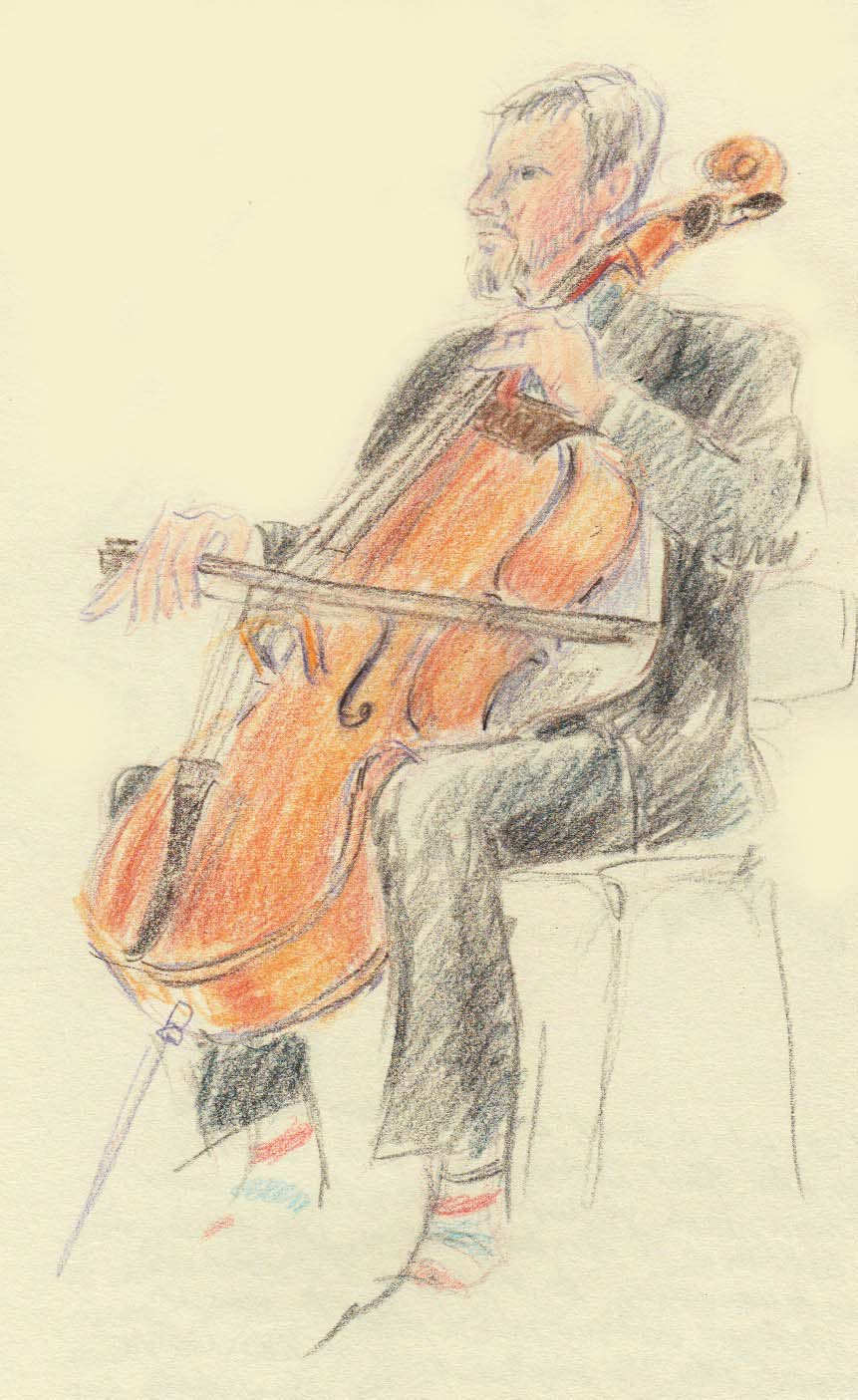
After Interval the trio reassembled to play Beethoven’s Piano Trio in B flat major – the Archduke, from which the concert derived its name. It is one of the best known piano trios and was dedicated to Rudolf, Archduke of Austria, Beethoven’s benefactor, student and friend. Beethoven wrote this in four movements, whose overall concept was almost symphonic. The piano plays a more prominent part in this work than it had in his earlier piano trios. Beethoven himself played this, when it was first publicly performed in 1814. However, due to his near total deafness, his performance lacked sensitivity and virtuosity, and was one of his last public performances. To Julian Smiles, this Trio had a feeling of relaxed contentedness expressed in the lower register in which it was composed. He saw similarities between the third movement and the stillness of the second movement of the cello sonata they’d played before Interval.
The warm, flowing opening of the first movement was briefly interrupted by a slight technical hitch, involving Kathryn’s electronic music tablet. This was quickly overcome and they continued in a confident, relaxed manner, combining their skills in musical rapport. The second movement was a cheerful Scherzo with dance-like movement and merry “conversations” between the parts. They played all the repeats, as they had been written out completely in Beethoven’s original score. Julian had interpreted this as a “joke” (Scherzo) on Beethoven’s part. The third movement was indeed as Julian had described, in its song-like serenity. The piano began quietly, with the violin and cello joining in peaceful prayer-like tones, almost playing as one instrument. In contrast, the last movement was playful and “cheeky” `(in Julian’s words). One could see each player’s enjoyment as they performed this with gusto – in the manner which Beethoven had indicated: “…it should not be played in a gentle manner, but with much energy and force”.

After tremendous and appreciative applause, the audience returned to the reality of the winter’s night, cheered and warmed by the concert they had just experienced.
Sketches- Heidi Hereth

